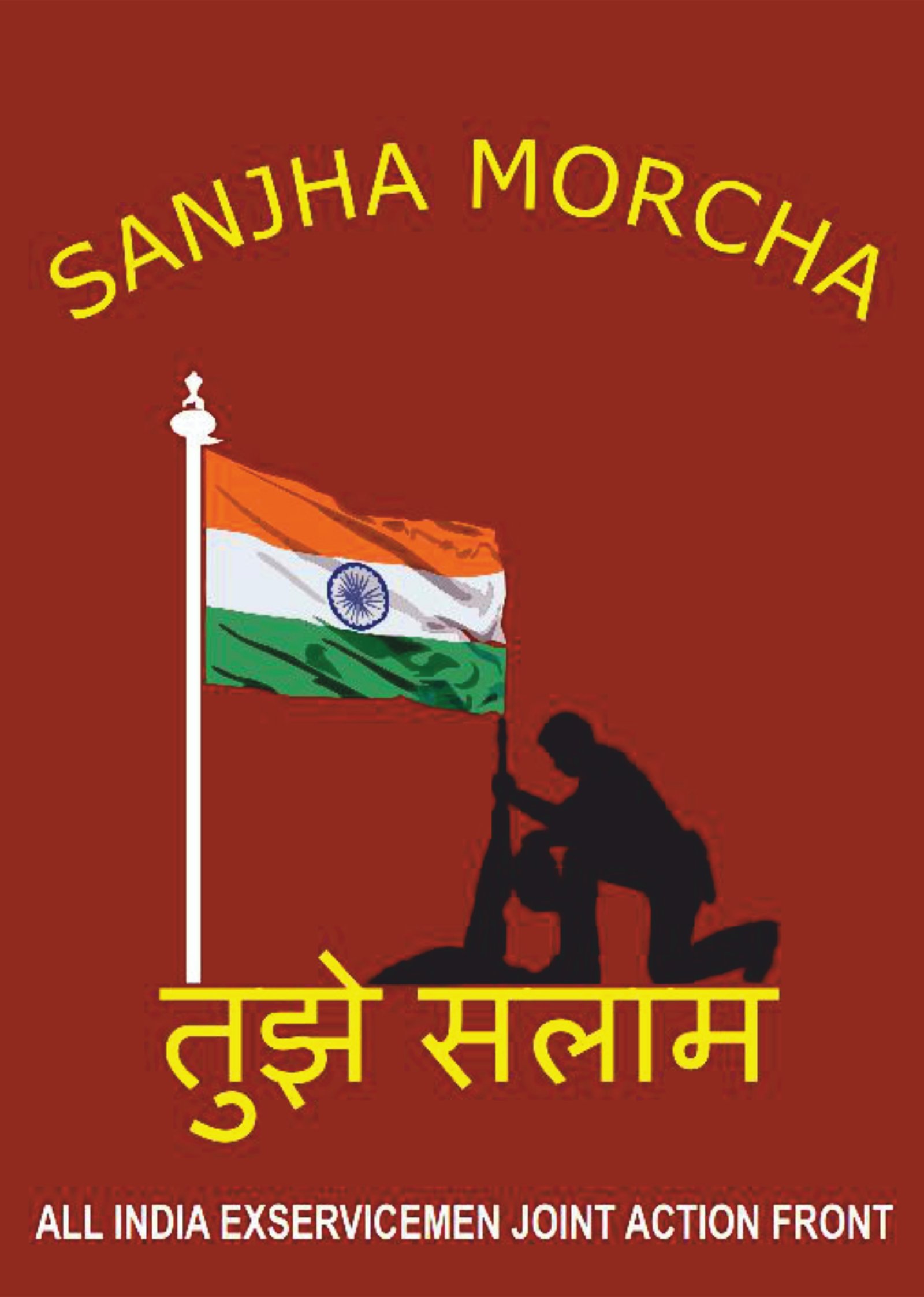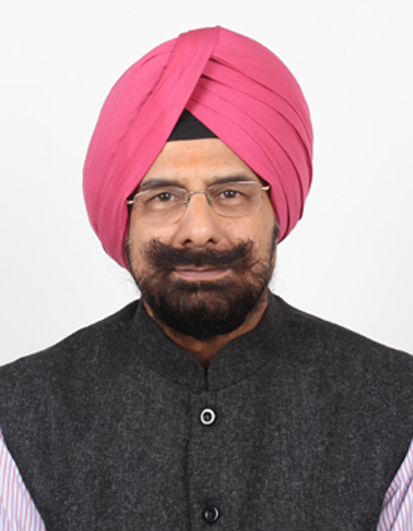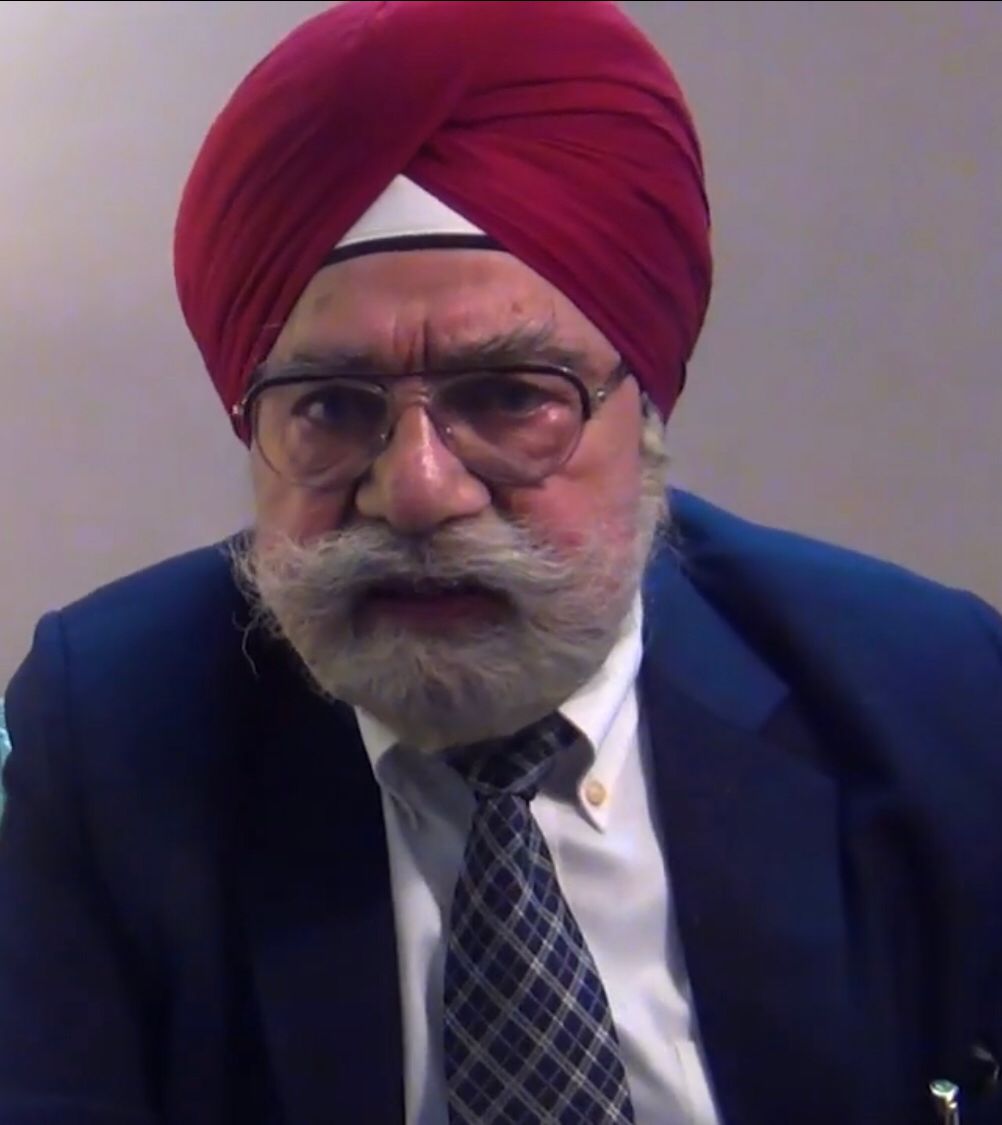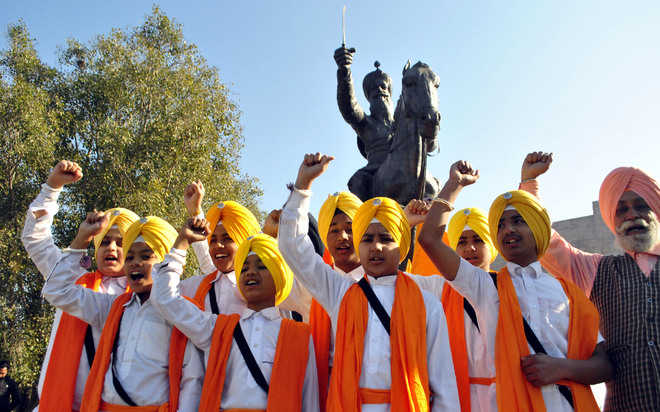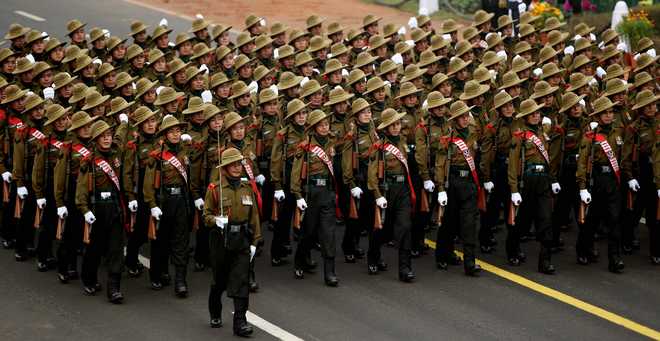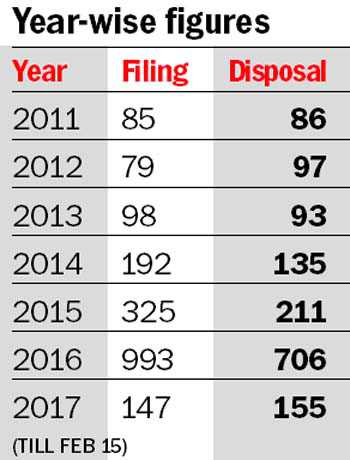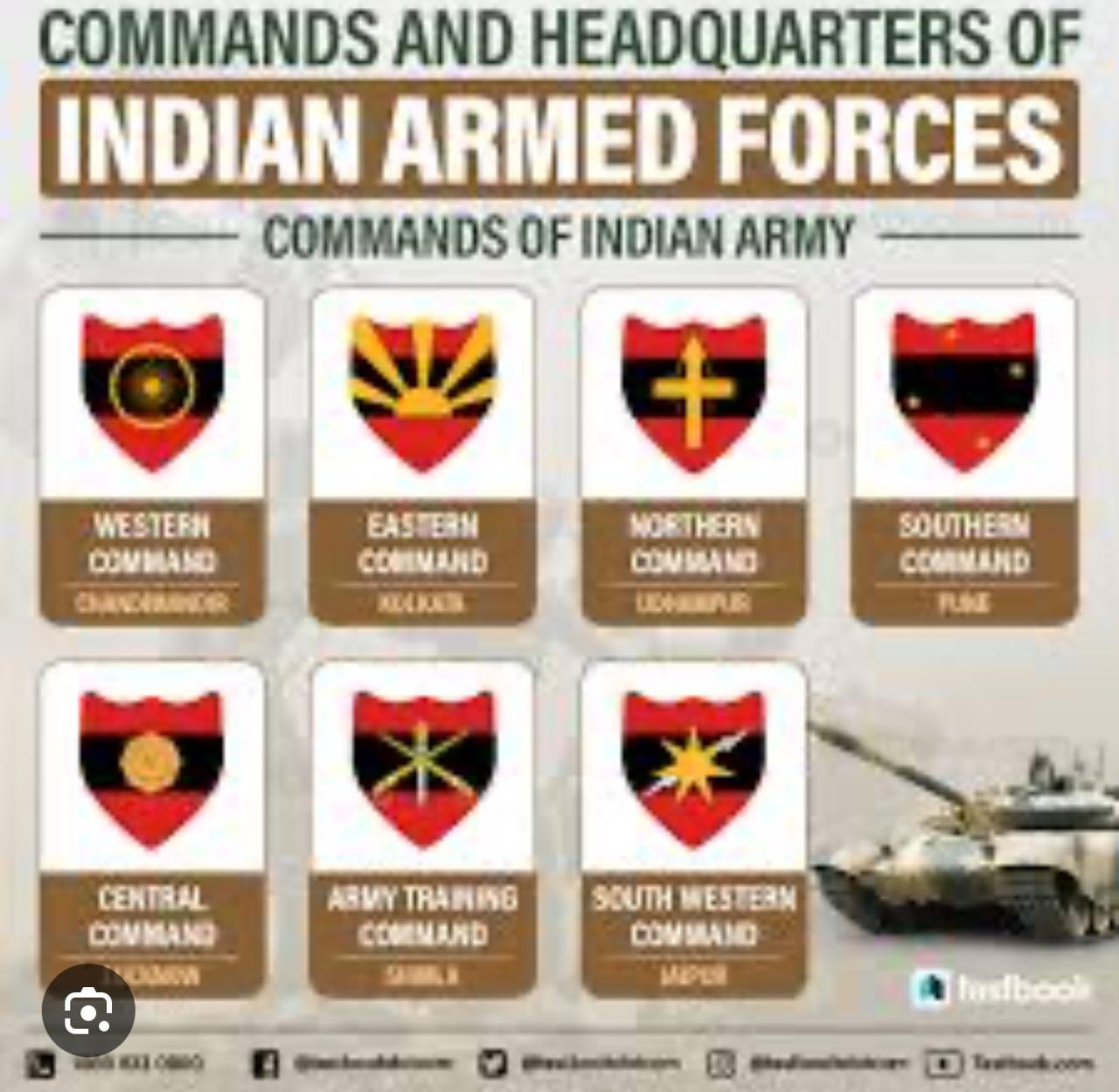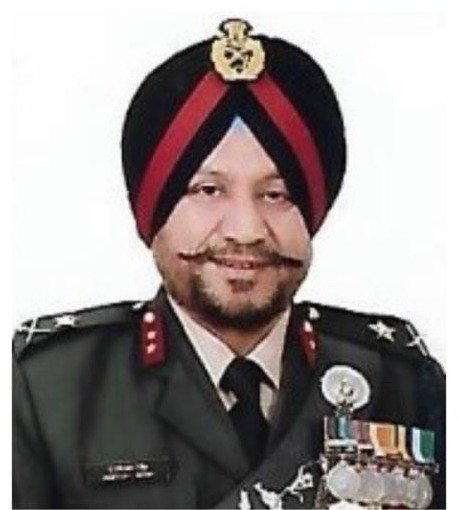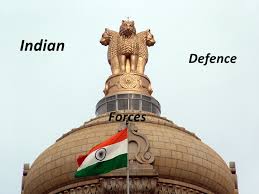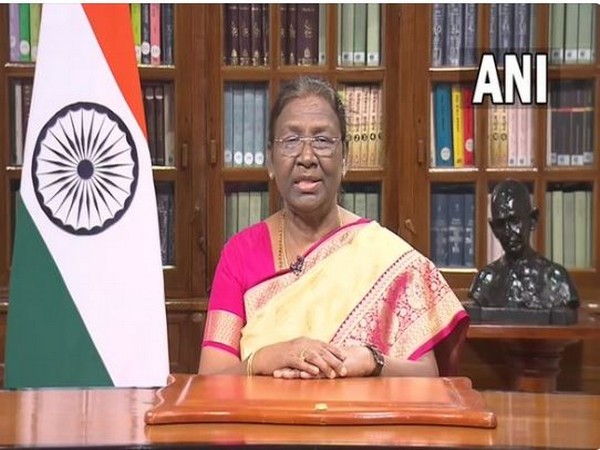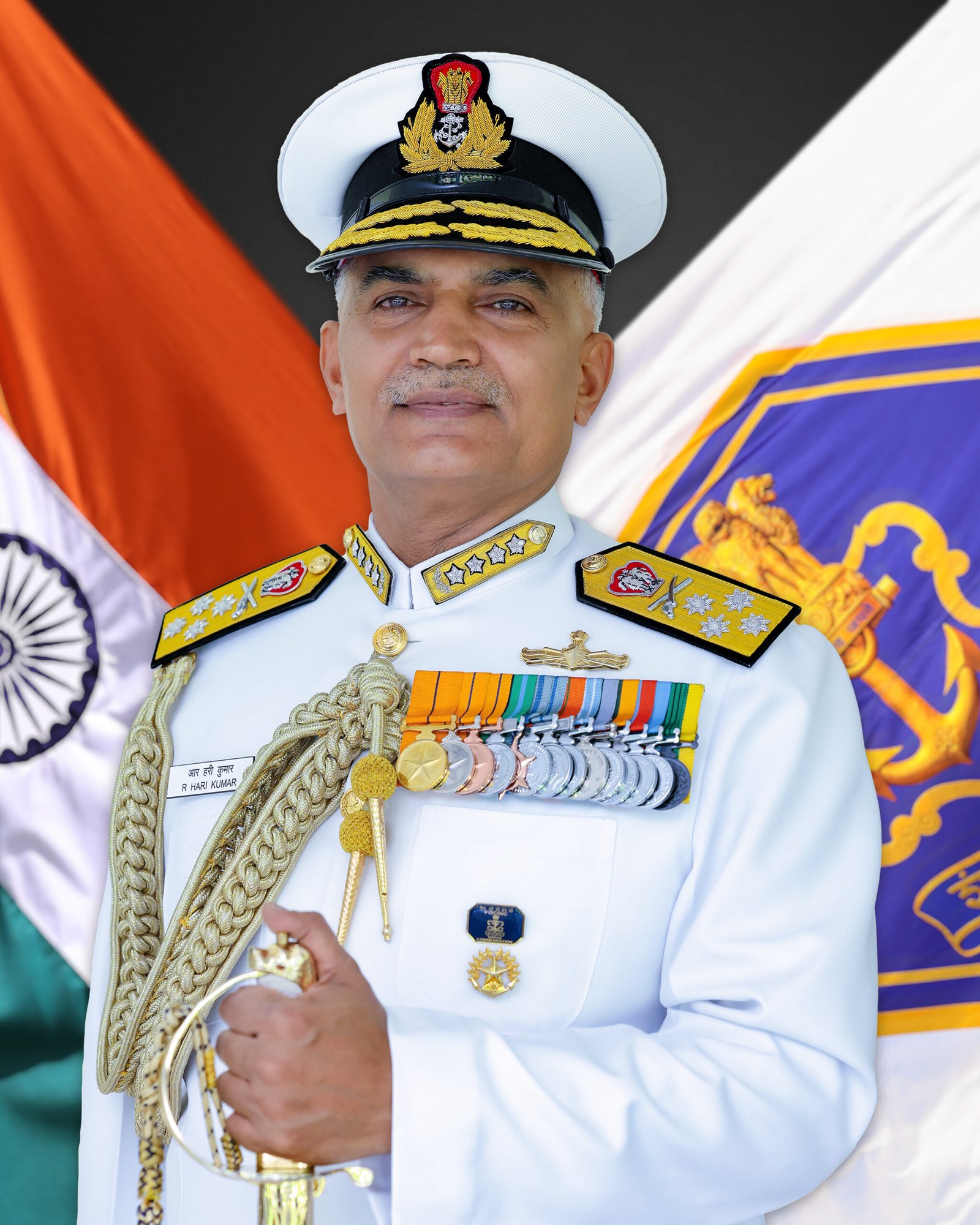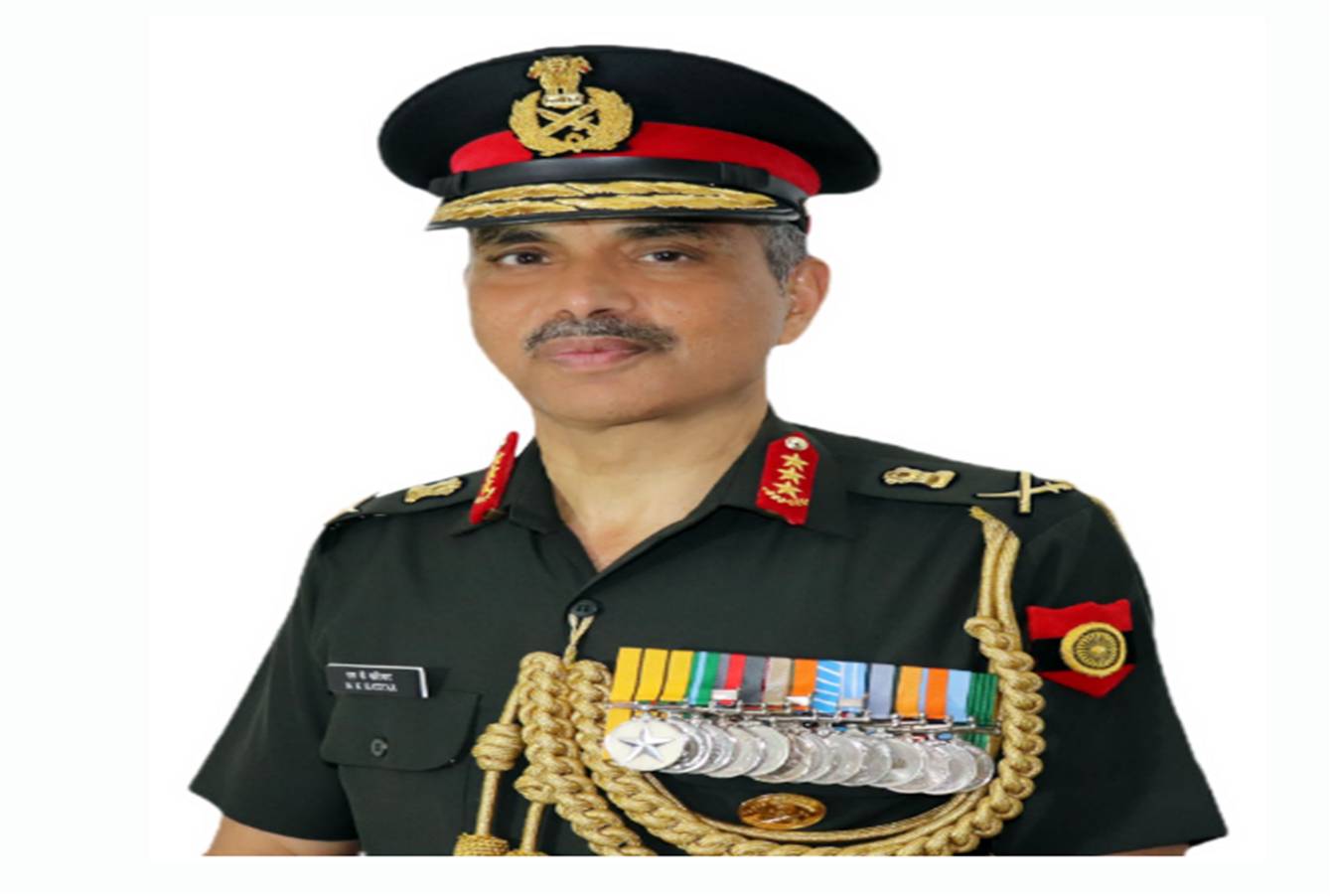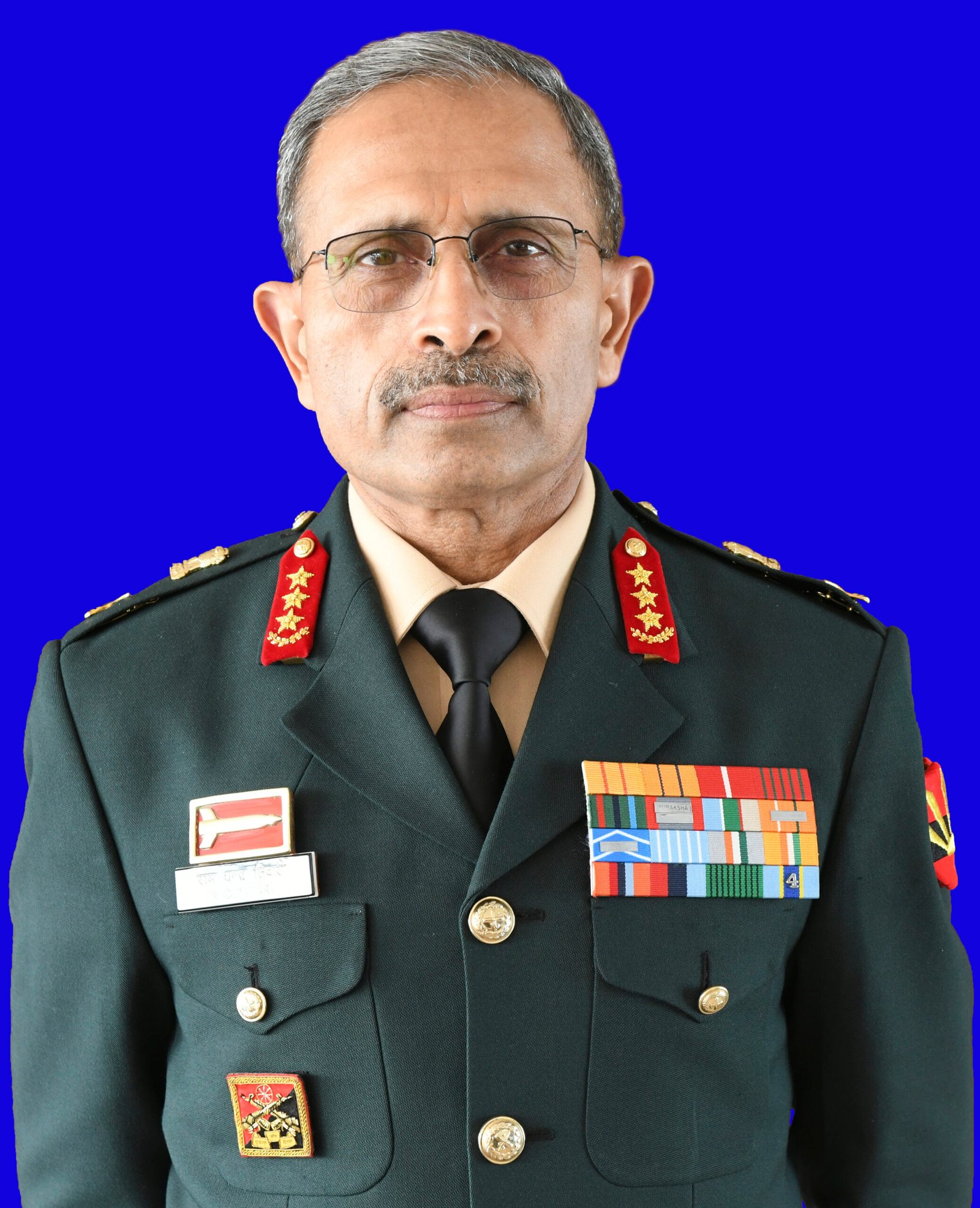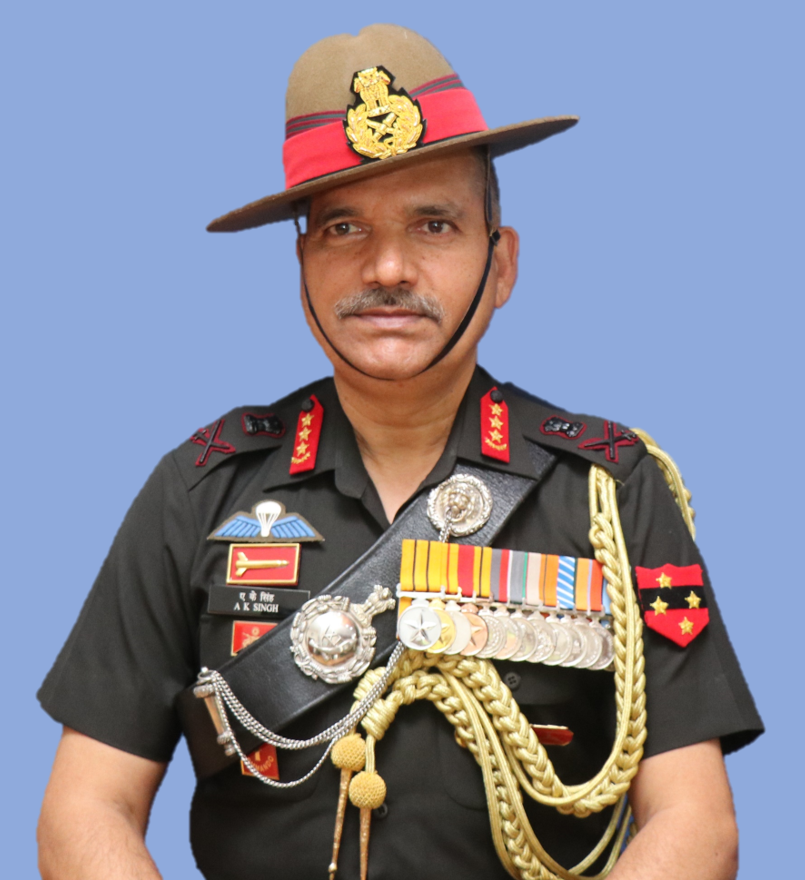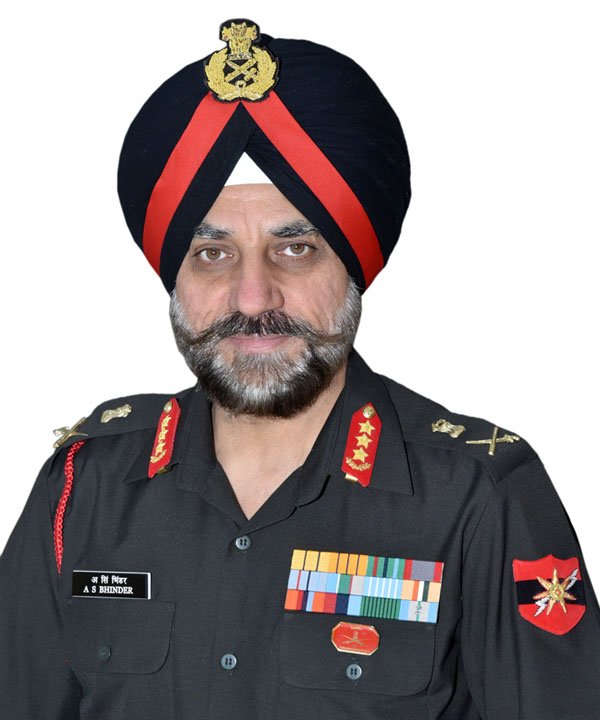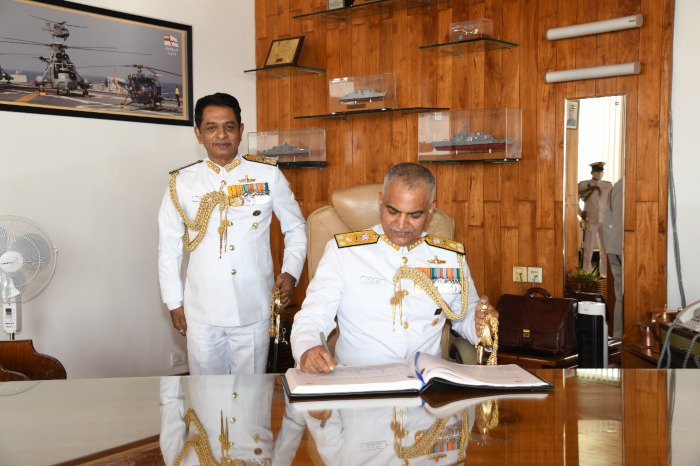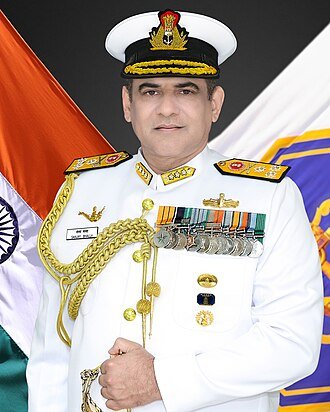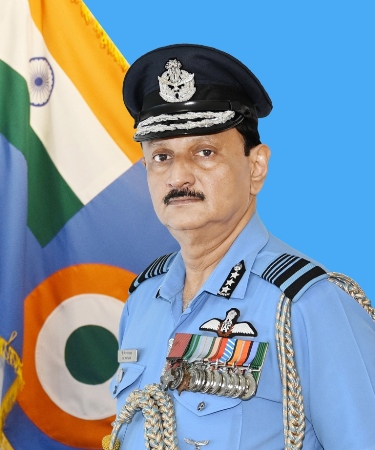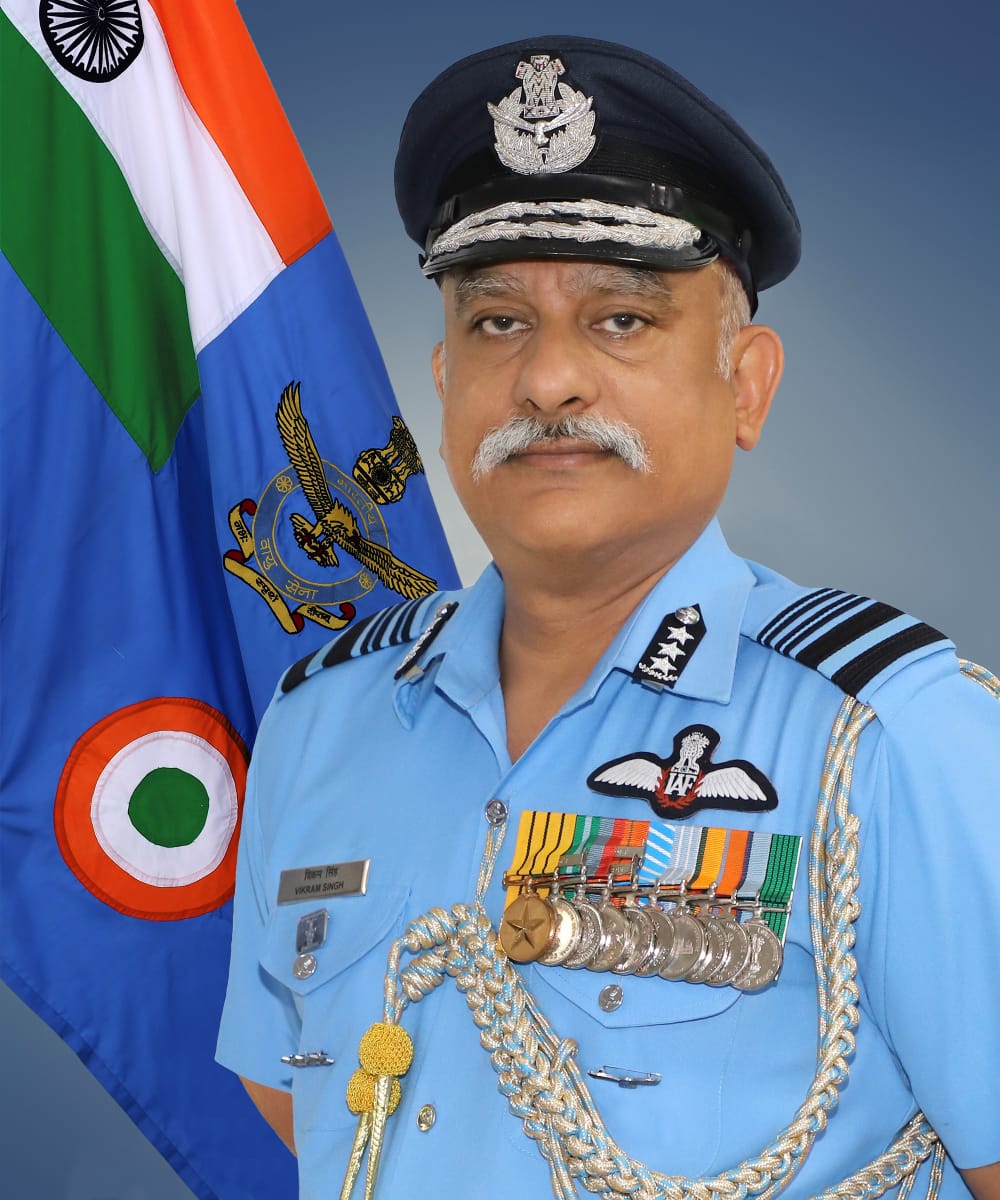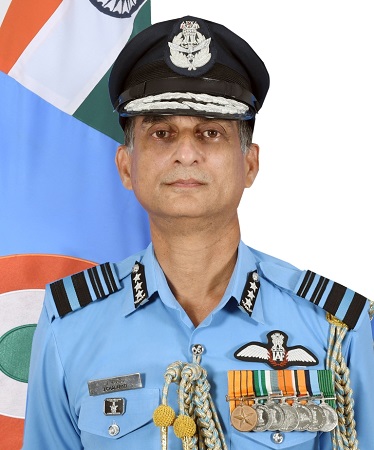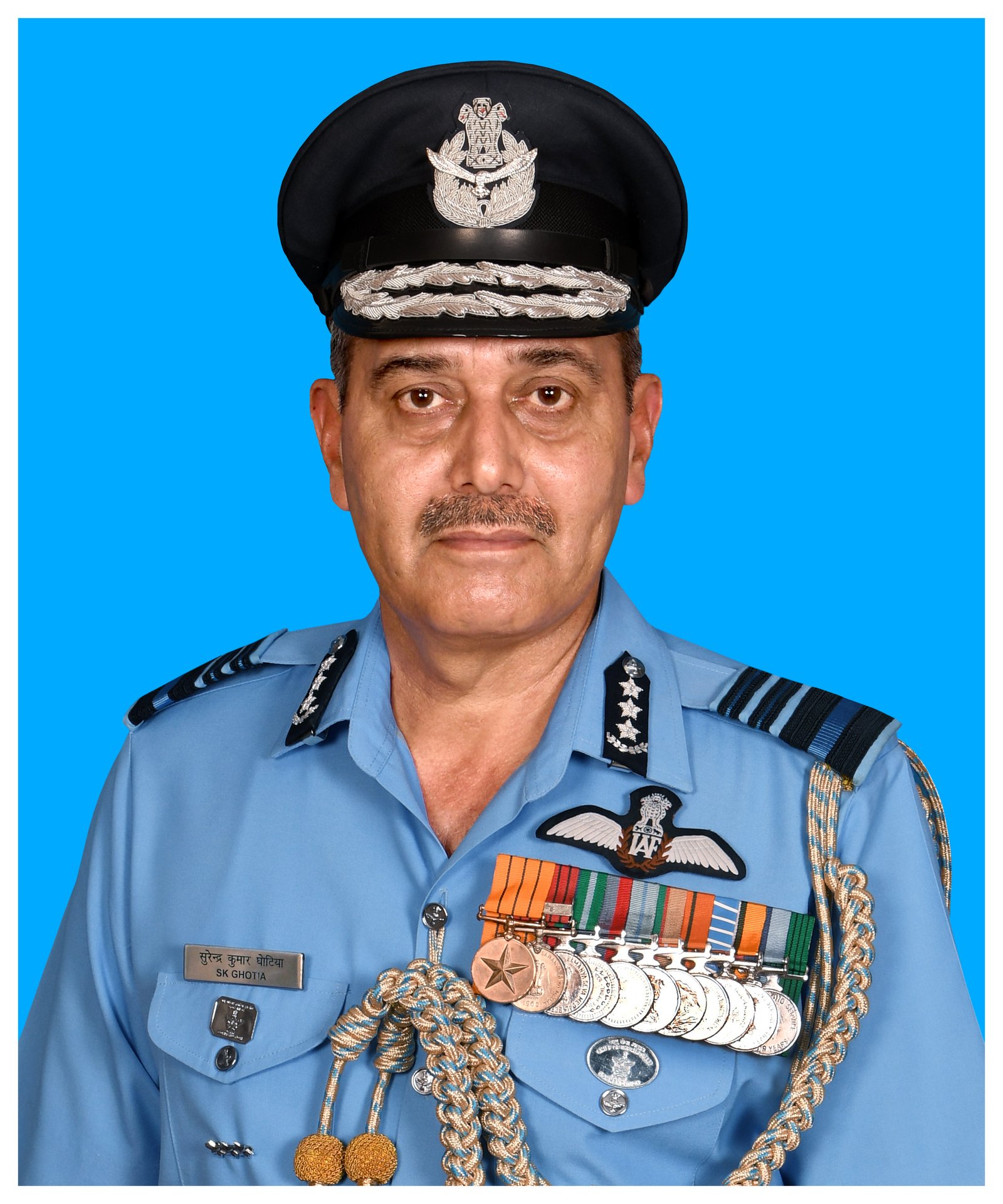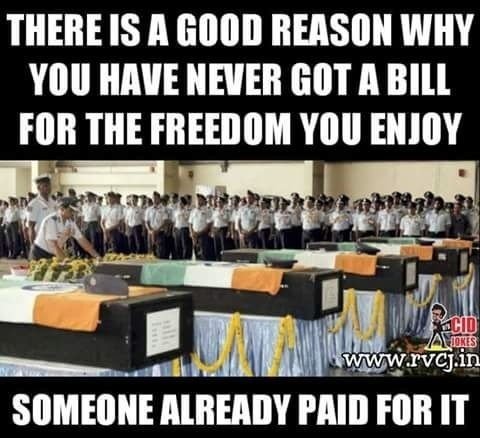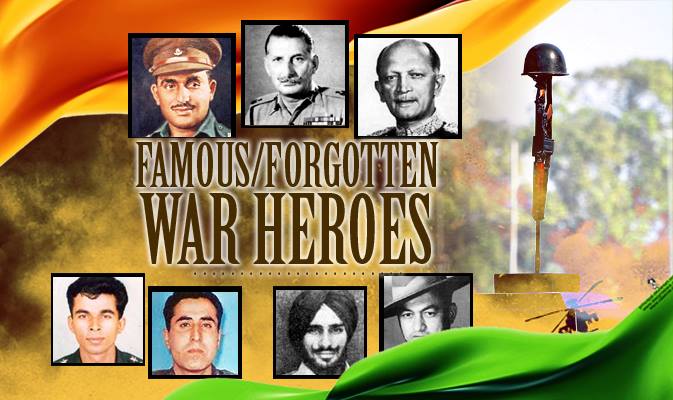Clashes erupt in South Kashmir as civilian shot in crossfire; one dead, 24 injured
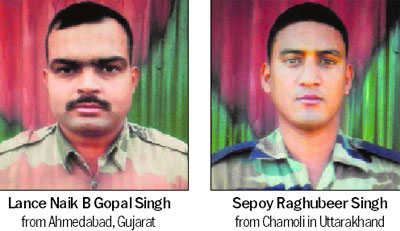
Suhail A Shah & Majid Jahangir
Tribune News Service
Anantnag/Srinagar, Feb 12
Two soldiers, four militants and a civilian were killed in a gunfight in South Kashmir’s Kulgam district today, triggering clashes in Kulgam and Anantnag that left one dead and more than 24 injured. Three Armymen, including a Major, were injured in the encounter. The Tribune on Facebook; and Twitter @thetribunechd)The deceased Army men were identified as Lance Naik Bhandoriya Gopal Singh, 33, and Sepoy Raghubeer Singh, 31. Acting on a tip-off, teams of the Army and J&K Police cordoned a cluster of houses at Nagbal Frisal, Kulgam, 55 km from Srinagar. “The teams searched a house twice but found nobody there. The third time, militants hiding inside opened fire, killing two soldiers and a civilian,” DGP Shesh Paul Vaid said. Ashiq Reshi, 40, son of house owner Abdul Majeed, was also killed.The DIG, South Kashmir Range, SP Pani, said four militants, two from Hizbul-Mujahideen and two from Lashkar-e-Toiba, were killed. “All of them hailed from Kulgam district. One of them had been missing since January 14. Three militants escaped.” While the Army claimed the civilian was taken hostage by the militants, the locals claimed he was used by the soldiers as a shield. “The operation was halted following inputs that a civilian was trapped inside. We tried to rescue him, asking the village elders to use the public address system to urge him to come out, but he didn’t,” explained Brig R Chakravarty, Commanding Officer, Sector-1, Rashtriya Rifles. “At 5.30 am, we entered the house. The civilian tried to flee. But the militants opened fire, killing him as well as two jawans,” he said.Locals and the family of the slain civilian refuted the Army claim. “Abdul Majeed and his sons Ashiq and Muhammad Shafi were taken into custody after the village was cordoned. The Army personnel took Ashiq along as they entered the house. He and two soldiers were killed in cross-firing,” they said.Ashiq’s killing triggered fierce clashes in Kulgam and Anantnag. Mushtaq Ibrahim (22) of Anantnag was killed and more than 24 were injured. Sixteen sustained bullet injuries. The separatists have called for a shutdown on February 13 and “Kulgam Chalo” on February 15 against the killing of civilians. The slain militants were identified as Mudassir Tantrey, Wakeel Thokar, Farooq Ahmed Bhat and Mohd Younis Lone.
Four militants, two jawans die in Valley encounter; protests erupt
SRINAGAR: Two civilians and as many jawans were killed in the bloodiest day in Kashmir in a while on Sunday that saw a gunfight between security forces and militants, which was followed by violent protests.
Four militants were also killed in the encounter that prompted hundreds of people to descend on the streets of Kulgam in south Kashmir and its adjoining areas.
One of the civilians was a protester and the other was caught in the crossfire.
The opposition National Conference demanded a probe into the firing, and Kashmiri separatists called for a strike on Monday to protest crackdown by the security forces. At least 21 protesters were injured when police used bullets, pellets and tear gas shells to repel amassing demonstrators.
The protester killed in the firing was identified as 24-year-old MushtaqIbrahimfromSirgufwara. The youth probably died of bullet wounds, said deputy inspector general of south Kashmir SP Pani, adding that the other injured protesters are stable.
Security forces had cordoned off a house where the alleged militants were holed up at Kulgam’s Frisal village on Saturday night before the gunfight began Sunday morning. Late Sunday evening, a police spokesman identified the four militants as locals of south Kashmir. While two belonged to Hizbul Mujahideen, two others were associated with Lashkar e Taiba. The spokesman said that during the initial cordon three militants managed to escape from the spot.
The two slain soldiers belonged to 1st Rashtriya Rifles and were identified as Raghubeer Singh of Uttarakhand and Bhandoriya Gopal Singh of Gujarat.

